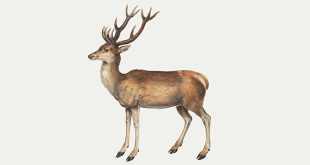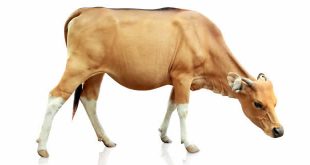 Whale — According to modern terminology, whales are the larger members of the order Cetacea. This order of aquatic mammals is divided into three suborders: the Mysticeti, the baleen whales; the Odontoceti, the toothed whales; and the Archaeoceti, an extinct group known only through fossils. The toothed whales (Odontoceti) also include the smaller DOLPHIN and PORPOISE.
Whale — According to modern terminology, whales are the larger members of the order Cetacea. This order of aquatic mammals is divided into three suborders: the Mysticeti, the baleen whales; the Odontoceti, the toothed whales; and the Archaeoceti, an extinct group known only through fossils. The toothed whales (Odontoceti) also include the smaller DOLPHIN and PORPOISE.
The large baleen whales comprise three families and about a dozen species. All these species lack teeth except as vestiges in the embryos. Instead, they possess a row of fringed plates of baleen (whalebone), which is a keratinaceous (horny) material developed from the gums. The fringed plates of baleen act as a filter, or sieve, straining small marine organisms from the water. The baleen whales are primarily plankton feeders and derive most of their nourishment from marine organisms that may be only a few millimeters (several hundredths of an inch) in length. Their principal food in the polar regions, especially in the Antarctic, consists of small, shrimplike crustaceans collectively known as “krill.” Commonly known baleen whales include the right whales, Balaena; the gray whale, Eschrichtius gibbosus; the blue whale, Balaenoptera musculus; the fin whale, B. physalus; and the humpback whale, Megaptera novaeanglia. The largest species, and the largest animal that has ever lived, is the blue whale. Specimens up to 30 m (100 ft) in length have been recorded, with weights estimated at more than 118 metric tons.
The toothed whales are all predators, feeding actively on fish and squid, and they possess sharp teeth, usually in both jaws, used to catch their prey. The odontocetes that are commonly called whales comprise five families and about 30 species, including such forms as pilot whales, Globicephala; beaked whales, Mesoplodon; the beluga or white whale, Delphinapterus leucas; the killer whale, Orcinus orca; the pygmy sperm whale, Kogia; and the species best known through Melville’s novel Moby-Dick, the sperm whale, Physeter catodon. Sperm whales have been recorded up to 19 m (62 ft) in length, and this species is recognizable by the large, oblong head and the relatively tiny, narrow lower jaw.
 Kids Portal For Parents India Kids Network
Kids Portal For Parents India Kids Network






